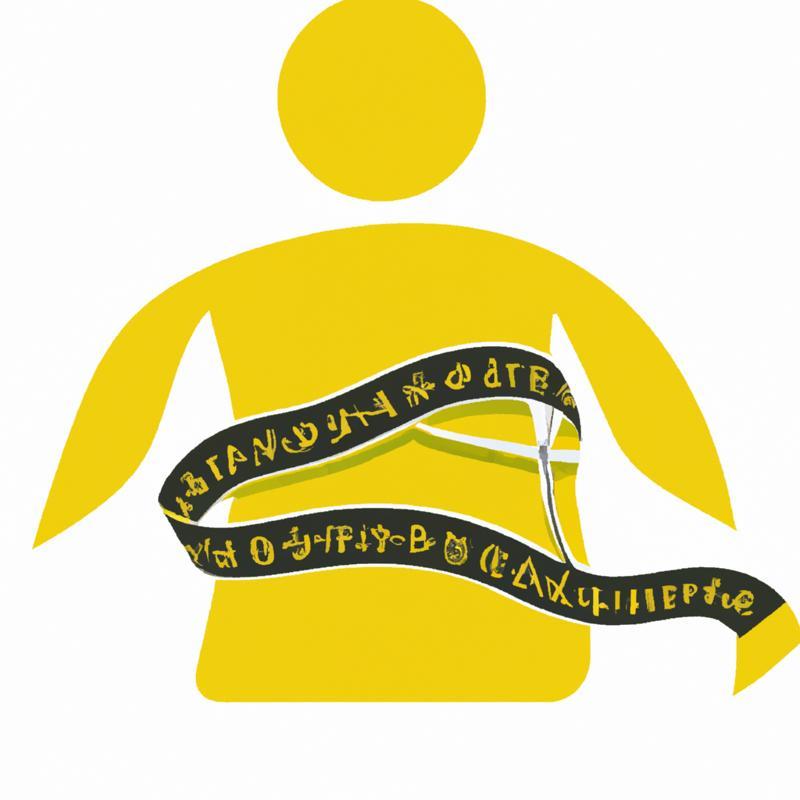- How does it work?
- Applications of weight distribution hitch
- Benefits of using a weight distribution hitch
- Challenges of using a weight distribution hitch
- Choosing the right weight distribution hitch
- Tips for using a weight distribution hitch effectively
- Conclusion
What is a weight distribution hitch?
Weight distribution hitch: The essential tool for safe towing
Towing a trailer or caravan can be a daunting task, especially for those new to the world of RVs and campers. Aside from proper driving techniques, one crucial factor that many overlook is weight distribution. Uneven weight distribution can lead to dangerous swaying, poor handling, and even accidents on the road. This is where weight distribution hitch comes in – an indispensable tool for safe and smooth towing.
In this article, we will delve into everything you need to know about weight distribution hitch – from its definition and applications to its benefits and challenges. We will also provide practical tips for choosing the right weight distribution hitch and using it effectively. So buckle up and let’s get started!
What is a weight distribution hitch?
A weight distribution hitch, also known as load equalizing hitch or sway control hitch, is a device that helps distribute the tongue weight of a trailer evenly across the towing vehicle’s axles. It consists of two main components – the receiver assembly that attaches to the tow vehicle’s frame and the spring bars that connect to the trailer frame.
How does it work?
When a trailer is attached to a tow vehicle, its tongue weight puts extra pressure on the rear axle, causing it to sag. This affects the front axle’s grip on the road, making steering difficult and potentially dangerous. A weight distribution hitch redistributes some of this tongue weight back onto the front axle, restoring balance and improving handling.
Applications of weight distribution hitch
Weight distribution hitches are primarily used for towing trailers or caravans with heavy tongue weights. They are especially useful when towing large travel trailers or fifth-wheel trailers that exceed 50% of their towing vehicle’s maximum capacity.
Benefits of using a weight distribution hitch
1. Improved handling: As mentioned earlier, unevenly distributed weight can lead to swaying and poor handling while towing. A weight distribution hitch ensures better weight distribution, resulting in a smoother and safer driving experience.
2. Better control: The added weight on the front axle also improves steering control, making it easier to maneuver the tow vehicle and trailer.
3. Reduced strain on the tow vehicle: Uneven weight distribution can put excessive strain on the tow vehicle’s suspension and brakes, leading to costly repairs. A weight distribution hitch helps alleviate this strain, prolonging the life of your vehicle.
4. Increased safety: By improving handling and control, a weight distribution hitch reduces the risk of accidents while towing.
Challenges of using a weight distribution hitch
1. Additional cost: Weight distribution hitches can be expensive, ranging from $200 to $1000 depending on their quality and features.
2. Set up can be tricky: Setting up a weight distribution hitch requires some technical knowledge and may take some time to get right. It is recommended to seek professional help if you are unsure.
3. Added weight: As with any additional equipment, a weight distribution hitch adds extra weight to your towing setup, which may reduce your overall towing capacity.
Choosing the right weight distribution hitch
When choosing a weight distribution hitch, there are several factors you need to consider – including your towing vehicle’s specifications, trailer tongue weight, and trailer length. It is essential to consult with an expert or refer to the manufacturer’s guidelines before making a purchase.
Tips for using a weight distribution hitch effectively
1. Proper set up: As mentioned earlier, setting up a weight distribution hitch correctly is crucial for its effectiveness. Make sure you follow the manufacturer’s instructions carefully or seek professional help if needed.
2. Regular maintenance: Like any other piece of equipment, a weight distribution hitch needs regular maintenance to ensure optimal performance. Make sure to inspect it before every trip and lubricate any moving parts as needed.
3. Adjust when necessary: Depending on your load and driving conditions, you may need to adjust the weight distribution hitch’s tension. Pay attention to any changes in handling and make adjustments accordingly.
4. Use sway control: Some weight distribution hitches come with built-in sway control, while others require a separate sway control device. If you frequently encounter windy or uneven roads, investing in sway control can provide an extra layer of safety.
Conclusion
Weight distribution hitch is a crucial tool for safe and smooth towing. By redistributing weight and improving handling, it offers numerous benefits – from increased safety to reduced strain on your tow vehicle. While there may be some challenges and additional costs associated with using a weight distribution hitch, its advantages far outweigh the drawbacks.
If you are new to towing or looking to upgrade your current setup, consider investing in a quality weight distribution hitch that is suitable for your specific needs. Remember to follow proper setup and maintenance procedures for optimal performance and always prioritize safety while on the road. With the right weight distribution hitch, you can enjoy worry-free towing and make your next road trip a memorable one!
